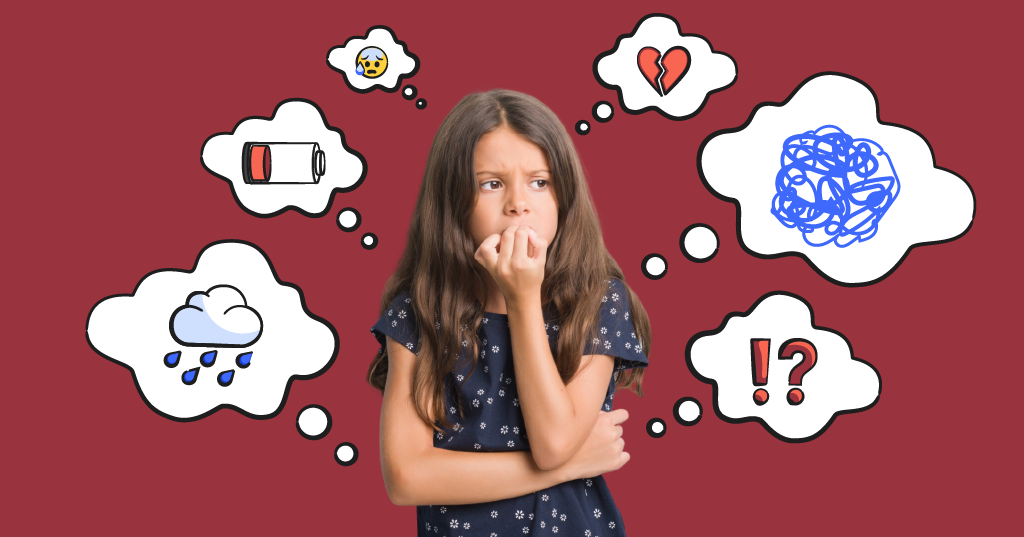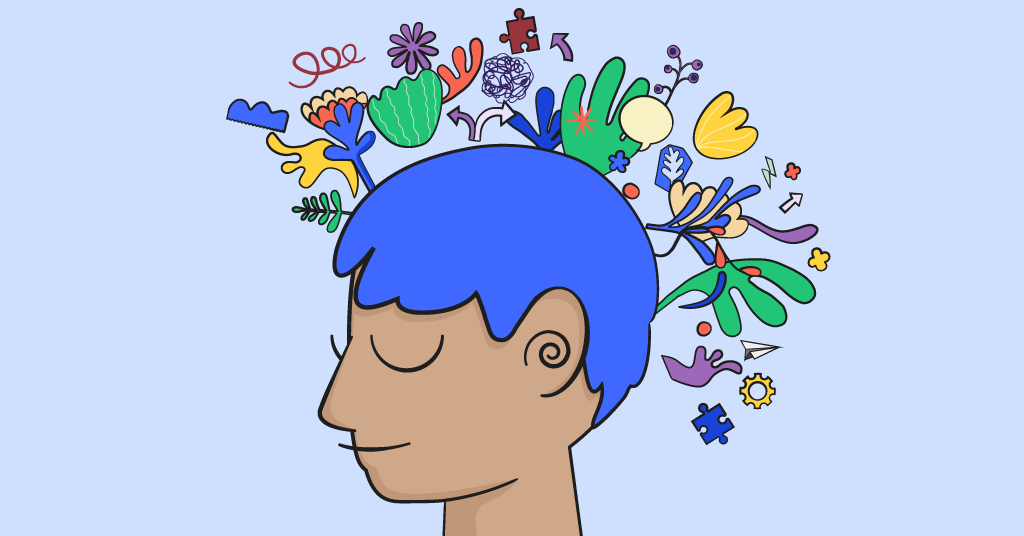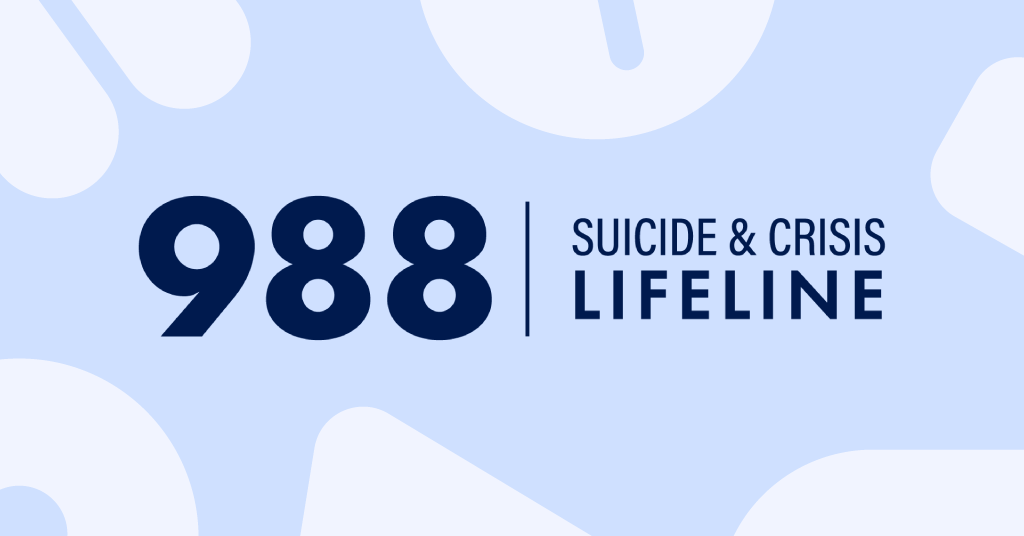
Kids have always had common childhood worries — big tests, the first day of school, whether they’ll make new friends. But there are also new things for this generation of kids to be anxious about, like cyberbullying, school shootings, and social media FOMO. It’s helpful as a digital parent to be able to identify the common signs of anxiety, as well as some common coping strategies.
And while everyone feels anxious from time to time, when it happens frequently or begins to affect a child’s everyday routine, an anxiety disorder may be the culprit.
Keep in mind that there are many different types of anxiety disorders — from generalized anxiety disorder to obsessive-compulsive disorder — and your child’s provider will be a good resource and will be able to diagnose properly.
What Anxiety Looks Like in Kids
If your child isn’t able to easily tell you when they’re feeling anxious (like with younger kids who may not have the language to describe a heavy emotion) look for signs of physical complaints that may indicate it: stomachaches, headaches, and vomiting. They may also look clammy or sweaty if their heart is racing from worry. Pay attention to abrupt mood changes, as well.
Keep in mind these other common symptoms:
- Clinginess to caregivers or not wanting to be apart from parents
- Trembling or shaking
- Trouble sleeping or sleeping too much
- Avoiding certain situations or things that trigger anxiety
- Trouble concentrating
- Struggling in school
- Constantly worrying or having negative thoughts
Coping Strategies That Can Help
Anxiety is part of life, which means that you’re going to need to know to teach your kid strategies to deal with it. Here are a few ways to get started.
Offer support
Let your child know you’re there for them — fully and unconditionally. Tweens and teens don’t like to feel patronized or crowded, so let your child drive the conversation.
Don’t try to get rid of their anxiety — help them manage it
No parent wants to see their child unhappy, but the best way to help kids overcome anxiety isn’t to try to completely get rid of stressors that trigger it. It’s to help them learn to identify, tolerate, and find ways to reduce their anxiety. When you say “Don’t worry about that!” it only encourages them to stop sharing their concerns.
Remind them bad things can happen, but they can overcome a lot
You can’t guarantee that a child’s fears are unrealistic — failing a test, getting teased, or messing up a piano solo. But you can express confidence that they’ll be okay even if those things do happen. They’ll be able to manage these bumps in the road, and when they realize this, their anxiety may lessen.
Encourage a healthy lifestyle
Mental and physical health are closely intertwined. Make sure your child is eating nutritious food, exercising regularly, and getting enough sleep. If your child needs additional help, talk with an appropriate physician or mental health professional.
Worried About Your Child’s Anxiety?
Bark can help families deal with anxiety by monitoring a child’s online activity — what they post, what they text, and the sites they visit. Alerts a parent might get for anxiety could include:
- A text to a friend talking about how they’re constantly worried about school shootings
- A Google Doc that a child writes in about physical complaints of anxiety
- A search engine query asking about signs of OCD
When you know what’s going on in your child’s world, you’re better able to help address their concerns and get them any help, if needed.
In addition to monitoring, Bark also encourages healthy habits by letting you set screen time limits and block potentially anxiety-causing websites and apps. You can check out how Bark works for yourself risk-free with our no-cost, 7-day trial.
Read more
Bark helps families manage and protect their children’s digital lives.





